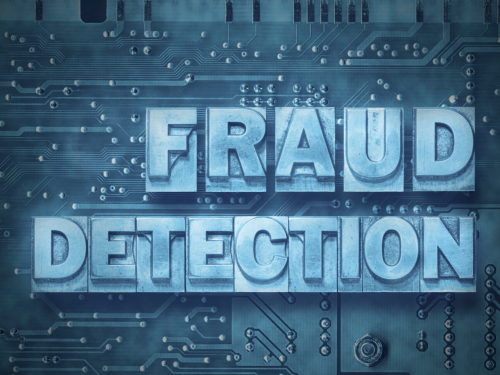The Mice Model and the Tom Coughlin Executive Fraud Cast
- John C. Blackshire, Jr.

- Apr 27
- 3 min read
Updated: Jun 12

When it comes to understanding fraud, the fraud triangle has been the go-to framework. This model identifies pressure, opportunity, and rationalization as the core factors driving fraudulent behavior. While it effectively explains many scenarios, it falls short in cases where financial pressure isn’t the cause. That’s where the MICE model steps in, offering a broader perspective on why individuals, even those in privileged positions, engage in unethical actions.
What Is the MICE Model?
The MICE model looks beyond financial stress to uncover other potential motivations for fraud. It introduces four key drivers:
Money – The desire for financial gain, even without financial hardship.
Ideology – Acting in alignment with personal beliefs, seeing fraud as a means to support a cause or mission.
Coercion – Being pressured or manipulated into committing fraud by an external party.
Ego – A sense of entitlement or superiority that justifies unethical actions.
Together, these elements provide a nuanced understanding of why people commit fraud, even when the typical "pressure" isn’t present.
The Tom Coughlin Case: Where the MICE Model Fits
Former Walmart Vice Chairman Tom Coughlin is a perfect case study for the MICE model.
As a high-ranking executive, Coughlin was entrusted with significant responsibilities, yet he used his position to misappropriate gift cards and funds for personal expenses. While the fraud triangle might struggle to explain his motivations due to the absence of financial pressure, the MICE model delivers a clearer picture.
Money
Although Coughlin wasn’t in financial distress, his actions point to a desire for financial enrichment. Using gift cards for personal purchases and submitting fake expense reports for items like hunting trips and Bloody Mary mix highlight a pursuit of monetary benefits—not out of need, but as an unethical supplement to his already significant compensation.
Ego
The strongest motivator in Coughlin's case seems to be ego. Holding a powerful position within Walmart, he may have developed a sense of entitlement, believing that his status justified the perks he was taking for himself. This ties closely to the "Ego" component of the MICE model, which reflects not financial desperation but a personal justification born of arrogance or self-importance.
Ideology and Coercion
While these elements are less applicable in this case, they do matter in other contexts. Ideology could explain actions driven by personal causes, while coercion applies to cases where someone is pressured into fraud by an external party. However, in Coughlin's situation, his motivations were likely internal and self-directed.
How the MICE Model Can Help Organizations
Understanding that not all fraud originates from financial pressure is critical for companies looking to improve fraud prevention. The MICE model encourages organizations to watch for a broader range of red flags, such as:
Signs of entitlement or arrogance among leadership (Ego).
Unusual behaviors that indicate a pursuit of unnecessary monetary perks (Money).
A tendency to rationalize questionable actions as “deserved.”
Through better training and enhanced internal controls, businesses can use the MICE model to identify risks that traditional frameworks might overlook. For example, audits should extend beyond financial irregularities to assess leadership culture and privileges that could lead to abuse.
Final Thoughts
The Tom Coughlin case underscores the importance of evolving fraud detection models.
While the fraud triangle is a solid foundation, the MICE model broadens our understanding, capturing a wider spectrum of motivations like ego and entitlement. For organizations, this means a more comprehensive approach to fraud prevention, ensuring that even subtle risks are addressed before they escalate. By keeping both financial and non-financial motivations in mind, companies are better equipped to protect themselves and maintain trust across the board.





Comments